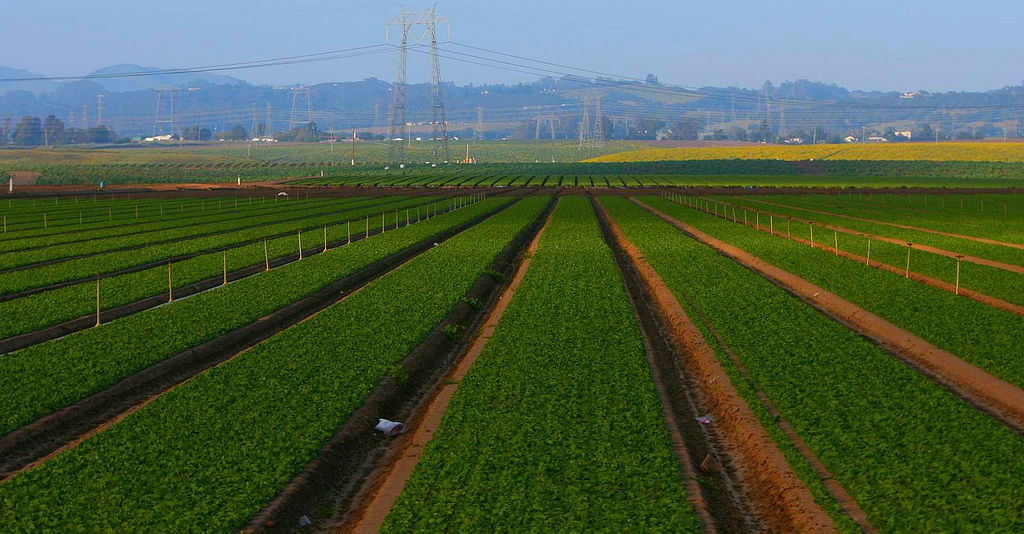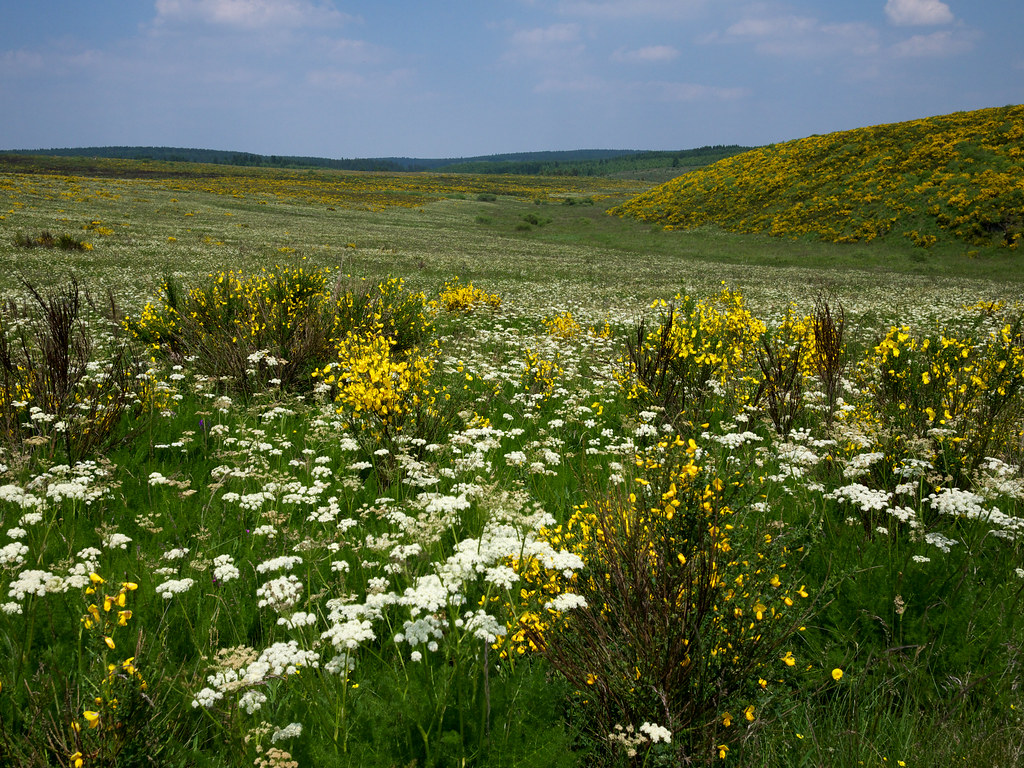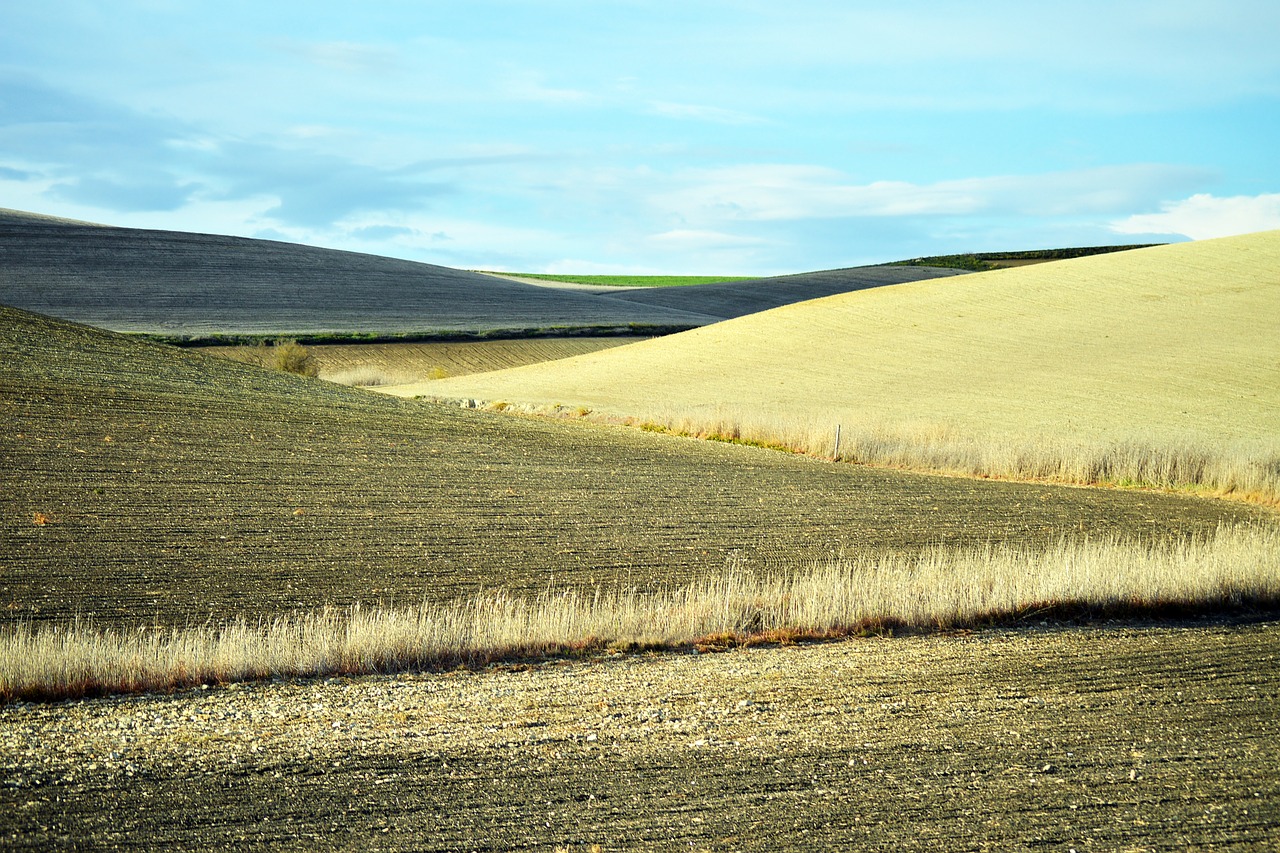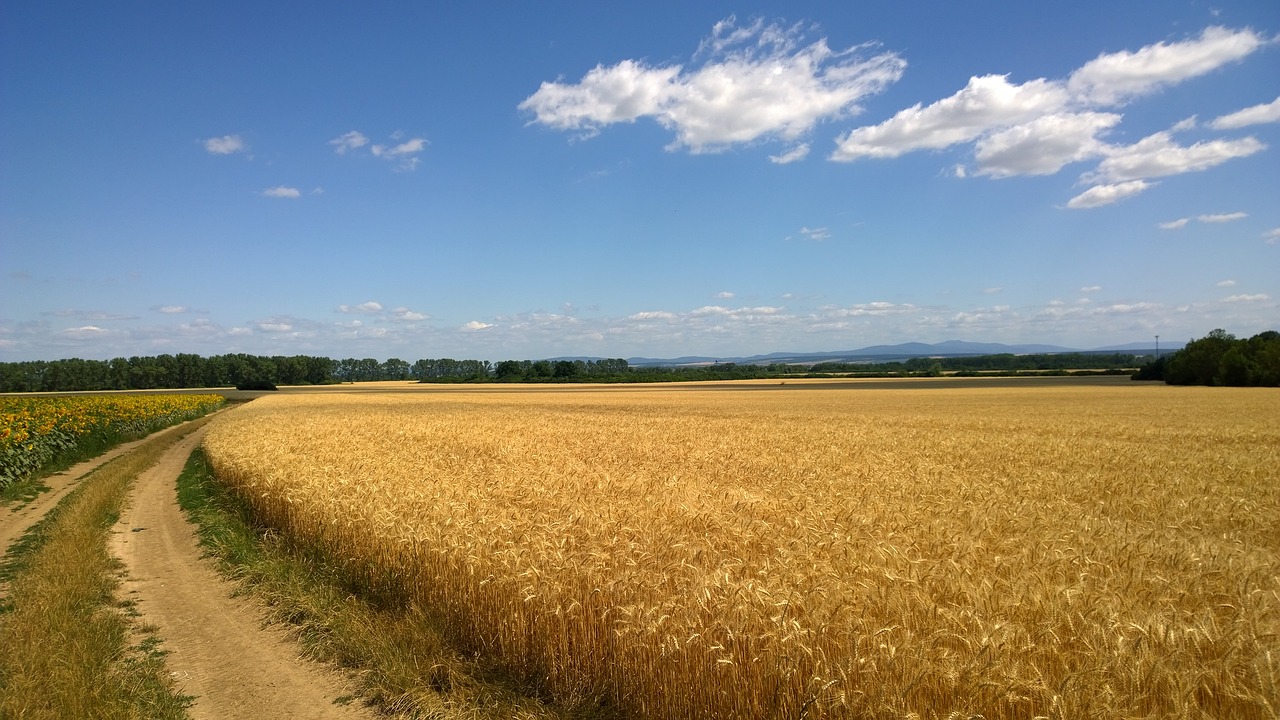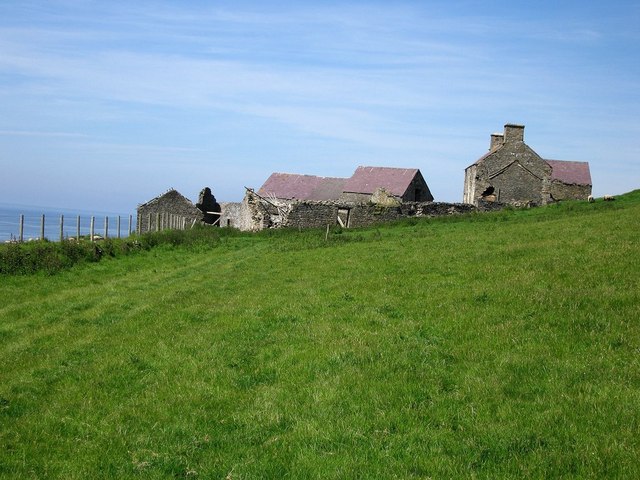The distribution of CAP direct payments among farmers has been a continuing source of controversy ever since the Commission’s 1991 Reflections Paper on the development and future of the CAP that prefigured the MacSharry reform noted that 80% of the support provided by FEOGA is devoted to 20% of farms which account also for the greater part of land used in agriculture. In successive CAP reform proposals the Commission has proposed measures that would allocate CAP support more evenly across farms, including in its 2018 legislative proposal for the CAP 2021-2027. On each occasion, the Council has pushed back and weakened the Commission proposal, as also happened with the outcome for the CAP post 2023 (the debate on redistribution in the 2018 reform is reviewed in this report for the European Parliament, chapter 5).… Read the rest
Conversation with a chatbot on the Common Agricultural Policy
Artificial intelligence (AI) has been described as the fourth industrial revolution, following the invention of the steam engine, electric power, and the internet. AI tools can rapidly synthesize large amounts of data and detect patterns. AI tools are increasingly used in business but also in the provision of public services in activities such as risk profiling, the delivery of medical care, and traffic management.
There is growing interest in the interface between AI and public policy. This is a relationship that works both ways. On the one hand, there are concerns about how best to regulate the use of AI in society.… Read the rest
U.S. farm support to explode in election year 2020
The U.S. has agreed on a $2 trillion stimulus package, the largest economic stimulus in its history, in response to the economic impacts of Covid-19. U.S. farm groups lobbied hard to be included in the package, and $23.5 billion was included in the final package for farm aid. This farm aid comes on top of the two trade aid packages of $12 billion and $16 billion introduced by the Trump Administration in 2018 and 2019, respectively, to provide relief to commodity producers hurt by the retaliatory tariffs introduced by various countries in response to tariffs on their exports to the U.S.… Read the rest
External convergence debate continues to simmer
One of the many issues that will need to be resolved when Heads of State and Government get around to once again considering the Multi-annual Financial Framework (MFF) 2021-2027 is what position to take on the external convergence of CAP direct payments.
The Commission has proposed a further narrowing of the differences in the average value of direct payments per hectare between Member States in the post-2020 CAP framework. For a number of countries from Central and Eastern Europe nothing less than full equality by the end of the MFF period will be acceptable. There is equally strong push-back from another group of Member States that argue there should be no further reductions in the CAP joint pillar allocations for the purpose of redistribution among Member States.… Read the rest
Distribution of direct payments: the peculiar case of the Spanish model
We are pleased to welcome this post which has been written by Jabier Ruiz, who is Senior Policy Officer, Agriculture and Sustainable Food Systems at the European Policy Office of WWF in Brussels.
Internal convergence: a multi-faceted obligation
In recent reforms of the Common Agricultural Policy, and of the Multiannual Financial Framework, the (external) convergence of decoupled direct payments across EU member states is always a very sensitive political topic. This issue has been covered extensively in this blog (for example, here and here). There is much less awareness and discussion on the topic of internal convergence, another obligation existing in the current (and future) CAP and which aims to progressively equalise the value of decoupled direct payment entitlements (€ per hectare) within each Member State or region.… Read the rest
Capping direct payments – a modest proposal
DG AGRI has published its latest breakdown of the distribution of direct payments in financial year (FY) 2017, which refers to payments made to farmers in the claim year (CY) 2016. The report itself has less text than usual, but lots of graphs showing the distributions of payments and recipients for the EU28 and by country. The detailed tables showing the numbers behind these graphs are given in the statistical annex.
A couple of points are worth remarking. The tables distinguish between the distribution of decoupled payments, other direct payments and total direct payments. The decoupled payments include the basic payment, greening payment, redistributive payment, young farmers’ payment, and the payment to areas facing natural constraints in Pillar 1.… Read the rest
The redistributive payment is more effective at redistribution
Capping of direct payments is not the only instrument proposed by the Commission to allocate more support to small and medium-sized farms. In addition to a mandatory ‘basic income support for sustainability’, the Commission CAP proposal would also require Member States to introduce a ‘complementary redistributive income support for sustainability’. This redistributive payment is currently voluntary under the 2014-2020 CAP.
Under the current CAP, the redistributive payment is applied by 9 Member States: BE-Wallonia, BG, DE, FR, HR, LT, PL, RO and UK-Wales. The financial allocation to the scheme takes up from 0.5% to 15% of the Member States national ceiling for direct payments.… Read the rest
More on capping direct payments
I want to revert to the topic of the capping of direct payments under the CAP, which I last discussed here and here. It is not the most important issue in the Commission’s legislative proposals for the CAP after 2020. But the issue of the fairness of direct payments was raised as an issue in the CAP Communication, and the proposed capping has been defended as a significant step in the better targeting of these payments. There is thus some interest in asking how effective it is likely to be.
The current situation
The current situation reflecting the distribution of payments in claim year 2015 is shown in the following graph.… Read the rest
Wales charts course towards radically different farm policy
Wales is one of the three devolved government regions which along with England make up the four countries in the UK. Its agricultural sector is, in absolute terms, small. Around 38,400 holdings farm an area of 1.9 million hectares, with an average farm size of 49 hectares. Just over 15,000 of these holdings receive support under Pillar 1 of the CAP as many of them are deemed to be ‘very small’ with insignificant agricultural activity. These farms produce output valued at £1.6 billion in 2017, contributing a gross value added of €457 million and a total income from farming (TIFF) of £276 million in that year (statistics taken from Wales Statistics and Research, Farming Facts and Figures, Wales 2018 and the Aggregate agricultural output and income web page).… Read the rest
Why capping will be a mirage
Commissioner Hogan confirmed in his press conference folllowing the publication of the Commission’s proposal on the next Multi-annual Financial Framework that the Commission intends to introduce a cap of €60,000 on the maximum amount of direct payments any holding can receive in the next CAP legislative period. Commission President Juncker is reported as telling the Belgian Parliament earlier this week that “the European Commission will propose a €60,000 limit on individual direct payments to support small farm holdings instead of ‘agricultural factories’”. These statements are misleading and disingenuous, because they ignore what is likely to be the fine-print in the Commission proposal.… Read the rest



